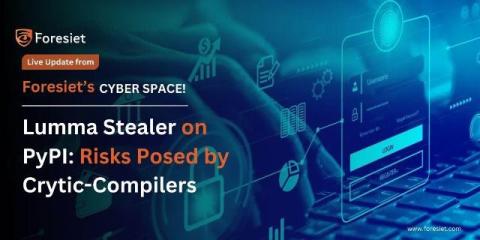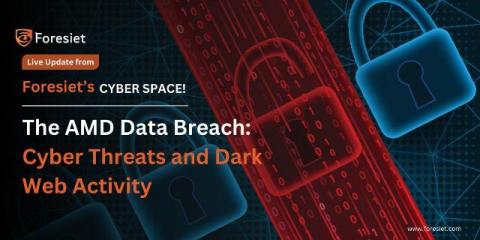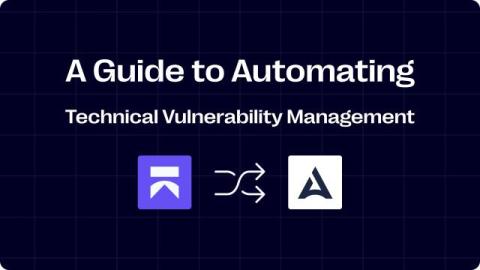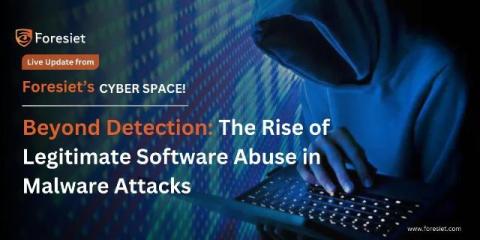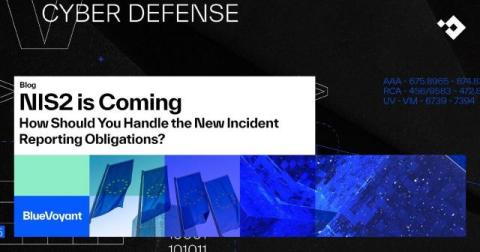Securing Docker Containers Against Commando Cat Attacks: Best Practices for Enhanced Cybersecurity
Cybersecurity researchers have uncovered a malicious Python package in the Python Package Index (PyPI) repository designed to distribute an information stealer known as Lumma (aka LummaC2). The counterfeit package, crytic-compilers, mimics the legitimate crytic-compile library through typosquatting tactics. Before its removal by PyPI maintainers, the counterfeit package was downloaded 441 times. Impersonation and Deception Tactics.


